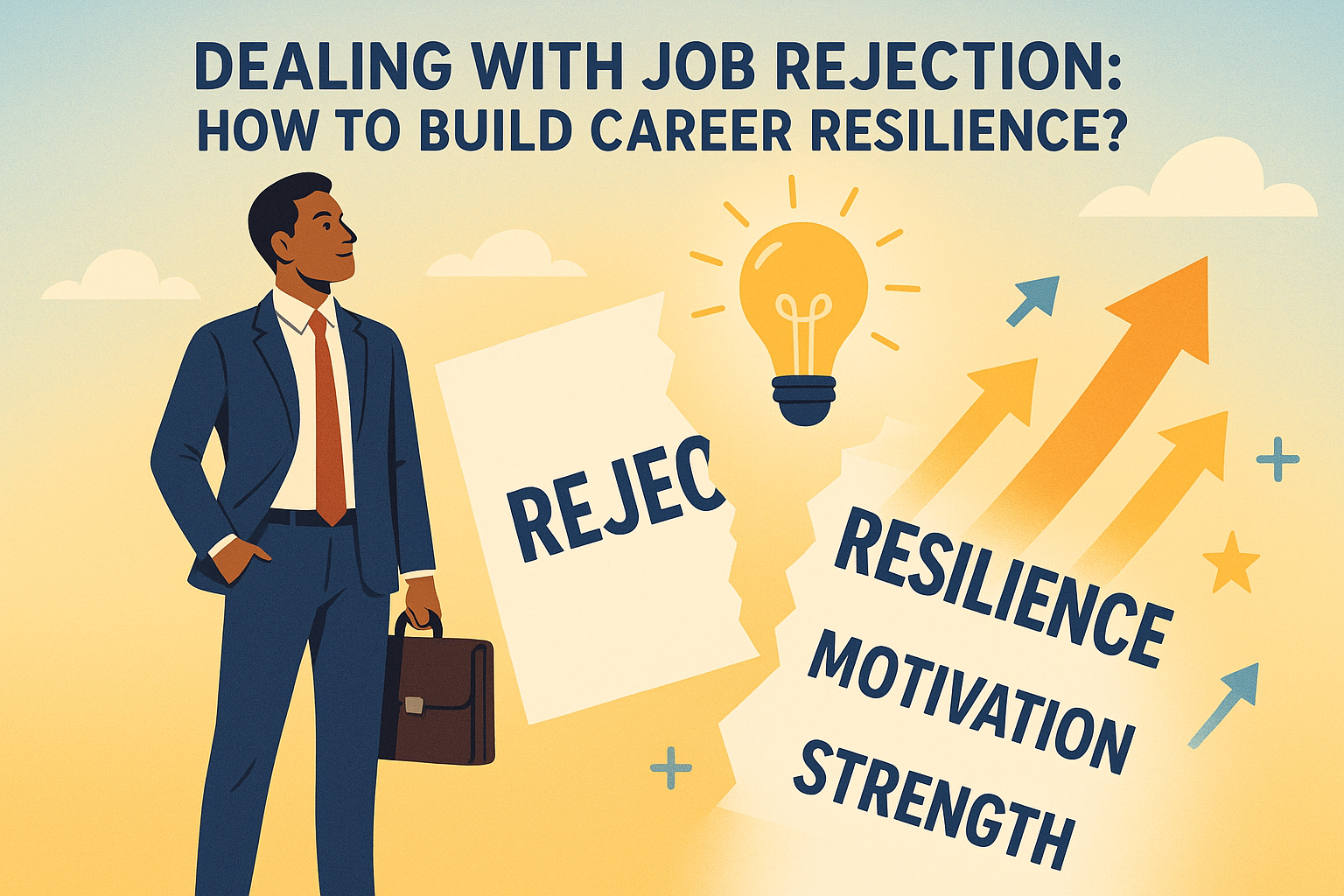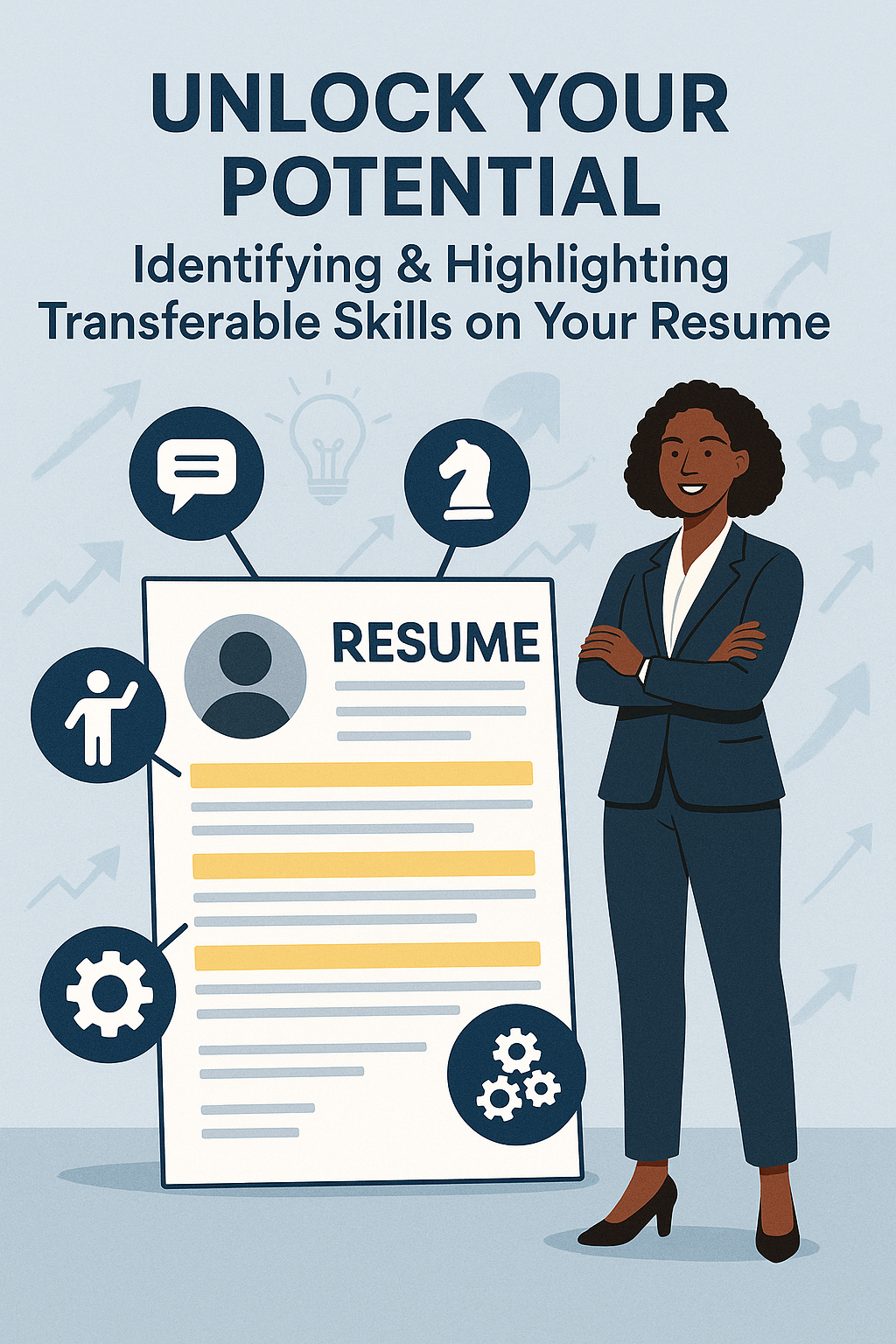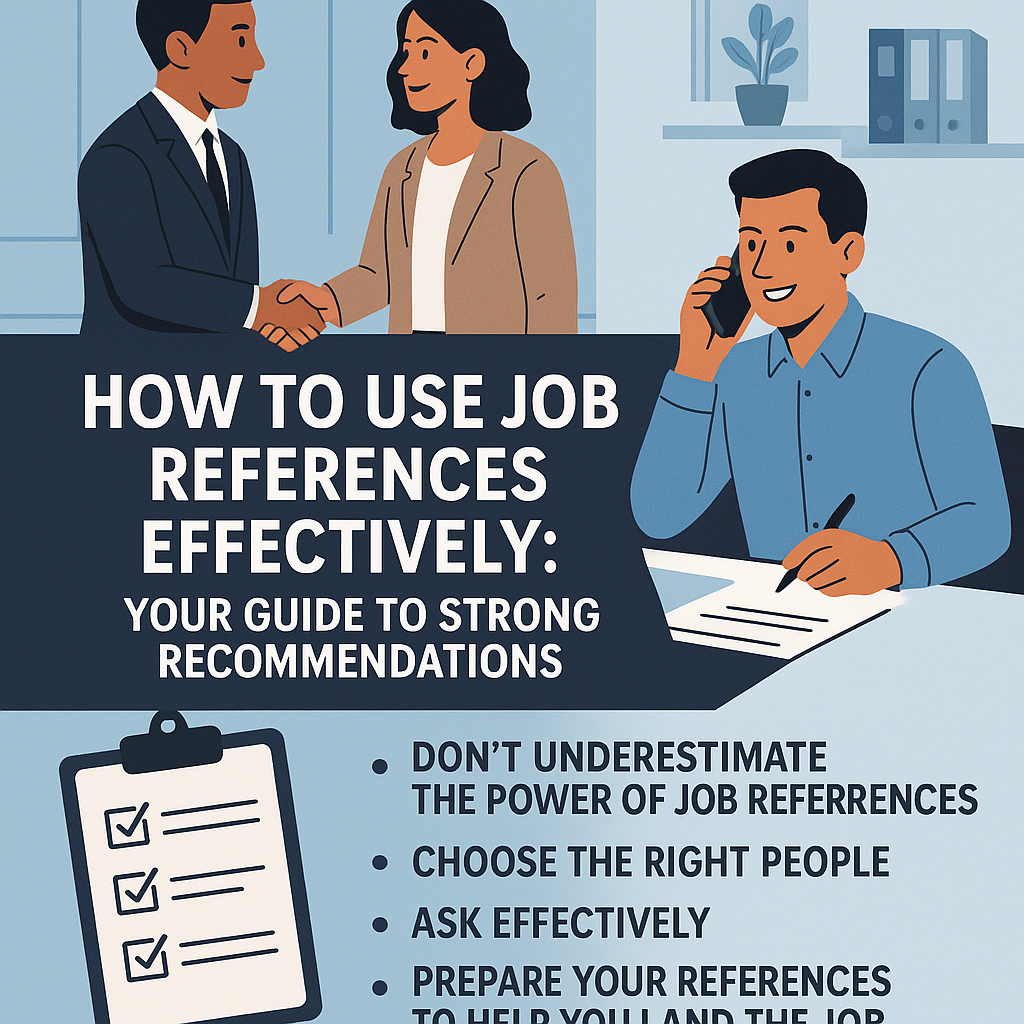
How to Explain a Career Gap on Your Resume & in an Interview?
There's a specific kind of anxiety that strikes when you're updating your resume after a period of not working. It’s the blank space on the timeline, the career gap. Whether it was six months or three years, this empty space can feel like a glaring red flag. You start to worry, "Will recruiters think I'm lazy? Unmotivated? That my skills are outdated?" In the traditional, linear narrative of a perfect career, any deviation can feel like a mark of failure.
This fear is especially potent in the Indian professional landscape, where the pressure for a stable, uninterrupted career is immense. A career break—whether taken for parenthood, to care for an elderly family member, to deal with a personal health issue, for travel, for further education, or due to a layoff—is a normal part of life. Yet, many professionals feel an intense need to hide it or apologize for it. They try to stretch the dates of their previous jobs or feel a wave of panic when the inevitable interview question arrives: "So, can you tell me about this gap in your employment?"
Here is the most important thing you need to understand: a career gap is not a career killer. In the modern world of work, non-linear career paths are becoming increasingly common and understood. The problem is not the gap itself; it is the story you tell about it. A fumbled, insecure, or dishonest explanation is what raises red flags for a recruiter. A confident, honest, and strategic one, on the other hand, can actually become a demonstration of your maturity, resilience, and self-awareness.
This guide is designed to help you stop fearing your career gap and start owning it. We will provide you with a practical, step-by-step framework for addressing an employment gap on your resume and for answering the tough interview questions with poise and confidence.
Part 1: Addressing the Career Gap on Your Resume
The first rule of addressing a gap on your resume is to be honest, but brief. Your resume is a marketing document, not a detailed autobiography. You don't need to over-explain, but you also shouldn't try to hide it. A simple, professional acknowledgment is the best approach.
Strategy 1: The Single-Line Explanation (The Best for Most Cases)
For most gaps of a few months to a couple of years, the cleanest way to address it is to list it in your "Work Experience" section just like you would a job. This fills the blank space and proactively answers the recruiter's first question.
The Format:
[Start Year] – [End Year]: [Simple, Professional Title for the Break]
A brief, one-line description can be added for context.
Examples:
* For Parenthood:
2023 – 2025: Planned Career Break (Parental Leave)
* Focused on family and personal development during this planned period.
-
For Caregiving:
2024 – 2025: Professional Sabbatical (Family Caregiver)- Took a planned break to serve as the primary caregiver for a family member.
-
For Upskilling:
2024 – 2025: Career Development & Upskilling- Completed certifications in Advanced Data Analytics and Python for Data Science.
-
For Travel or Personal Pursuits:
2023 – 2024: Personal Sabbatical (International Travel)- Undertook a planned period of travel for personal growth and cross-cultural learning.
This approach is powerful because it is transparent, confident, and frames the break as an intentional period, not just an empty space. A smart tool like the JobPe Resume Builder can help you format this section cleanly and professionally.
Strategy 2: Focus on What You Did, Not What You Didn't
A career gap is rarely a period of doing nothing. You were likely developing valuable, if unconventional, skills. Think like a skills-based hiring manager and translate your life experience into professional competencies.
If you were a stay-at-home parent, you were honing skills in project management, budgeting, negotiation, and time management on a massive scale. If you were upskilling, list the projects you completed. If you were volunteering, detail your accomplishments there.
Example (Framing a Homemaker Gap):
2022 – 2025: Home Manager & Primary Caregiver * Managed complex household operations, including budget planning and allocation for a family of four. * Coordinated multifaceted schedules for academic, extracurricular, and health-related activities, honing advanced organizational and logistical planning skills. * Actively engaged in community and school volunteer projects, including leading a successful fundraising initiative that raised ₹50,000 for new library books.
This frames the gap as a period of active, skill-building work.
Part 2: Acing the Interview Question
This is the moment of truth. When the interviewer asks, "Can you tell me about the gap in your resume?", your preparation will pay off. Your goal is to deliver a concise, confident, and positive answer that quickly pivots back to your suitability for the role.
The Winning 3-Part Formula
- State the Reason Briefly and Professionally. Start by directly and honestly stating the reason for your break. There is no need for a long, overly emotional story.
- Highlight the Positive Outcomes. Briefly mention what you learned or gained during that time. This could be a new skill, a new perspective, or a renewed sense of purpose.
- Pivot Back to the Future. This is the most crucial part. Confidently connect your experience and your readiness back to the specific job you are interviewing for.
Sample Answers Using the Formula
Scenario 1: Layoff
(Reason): "My previous role was eliminated as part of a company-wide restructuring due to a shift in market strategy." (Positive Outcome): "While it was unexpected, I used the time to take a step back and really evaluate my career goals. I took the opportunity to complete an advanced certification in [Relevant Skill] to deepen my expertise in an area I'm passionate about." (Pivot): "Now, I'm more focused than ever on finding a role where I can apply both my experience and these new skills. This position at your company is particularly exciting because it aligns perfectly with that focus, especially the emphasis on [Requirement from Job Description]."
Scenario 2: Parenthood
(Reason): "I took a planned career break for two years to be the primary caregiver for my young child." (Positive Outcome): "During that time, I not only had an incredible family experience but also honed my skills in multitasking, time management, and problem-solving on a daily basis. I also stayed current with industry trends by [mention a specific action, e.g., following key publications, completing a small online course]." (Pivot): "I am now fully ready and excited to return to the workforce with a renewed sense of energy and focus. I'm particularly drawn to this role because it allows me to leverage my core strengths in [Your Key Skill], and I'm eager to contribute to a challenging and collaborative team environment like yours."
The key is to own your story with confidence. Your body language and tone of voice are just as important as your words. A great way to build this confidence is to practice your answer out loud, perhaps while preparing for other common interview questions.
What to Absolutely Avoid
- Lying or Stretching Dates: This is the cardinal sin. If you are caught—and background checks are thorough—you will be immediately disqualified. It is an instant deal-breaker.
- Sounding Apologetic or Insecure: Do not apologize for your life choices or circumstances. Present the gap as a factual part of your journey.
- Over-Sharing Personal Details: Keep it professional. The interviewer does not need a detailed account of a personal illness or a family issue. A simple, high-level explanation is sufficient.
- Blaming a Former Employer: Even if a layoff was handled poorly, maintain a positive and professional tone. Speaking negatively about a past employer is a major red flag for any recruiter.
Conclusion: Your Story, Your Strength
A career gap is not a weakness to be hidden; it is a part of your unique professional story. In a world that is finally beginning to value resilience, adaptability, and diverse life experiences, your break can be framed as a period of growth, reflection, and refocusing.
By addressing it proactively on your resume and discussing it with confidence in your interview, you take control of the narrative. You show employers that you are a mature, self-aware, and resilient professional who is now ready and eager to bring your full and refreshed self to their team.
Your career path is your own. Own every step of it. As you prepare to re-enter the workforce, ensure your application is as strong as your story. A free tool like JobPe's ATS Check can help you optimize your resume for today's hiring systems. And to find companies with inclusive and modern hiring practices, set up targeted job alerts for your next great opportunity.
For more tools and resources to help you confidently navigate your career journey, https://jobpe.com.

Creative Content Writer






